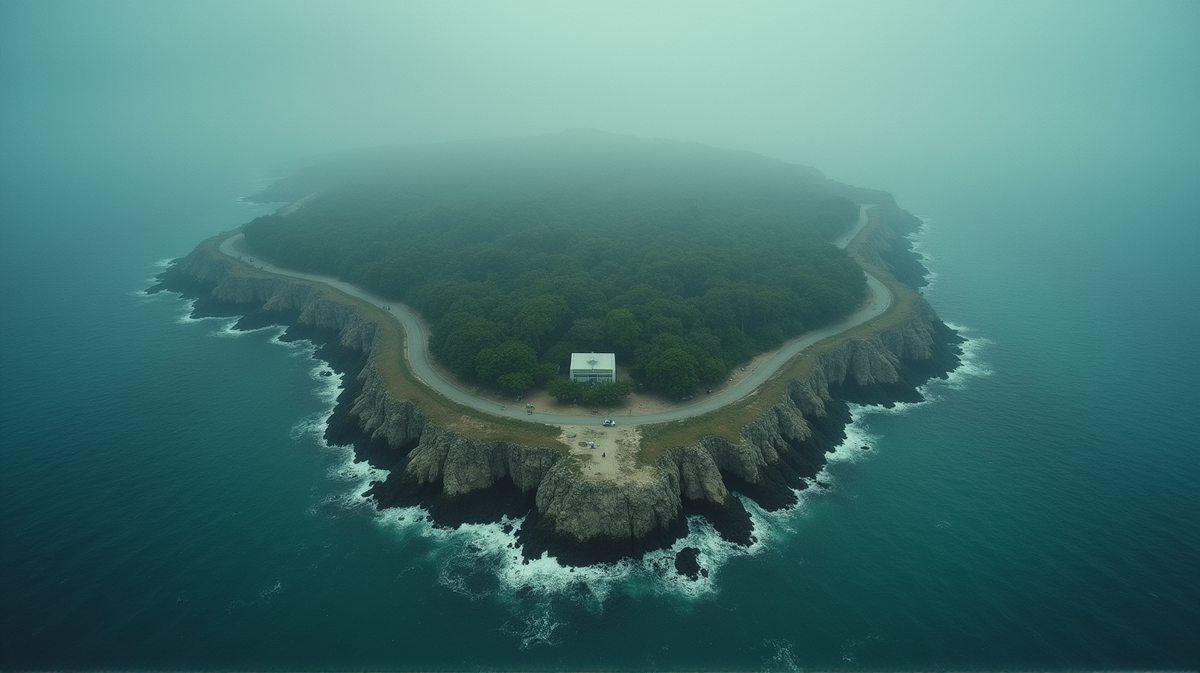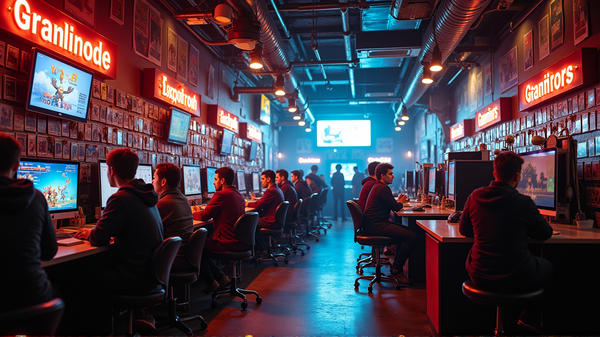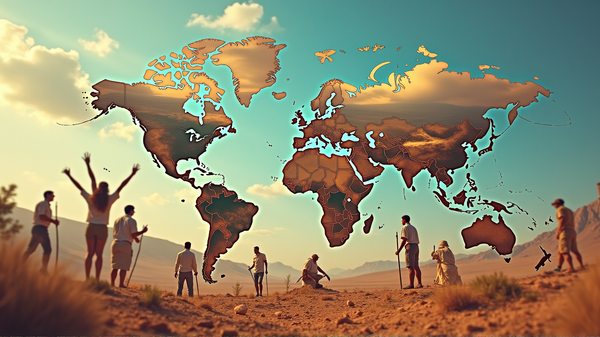Unveiling Guantánamo Bay's Hidden Migrant Challenges

Have you ever wondered about the secretive operations of Guantánamo Bay’s migrant camp? In a world where borders often transform into invisible yet impenetrable walls, Guantánamo Bay stands as a unique juxtaposition—a place where hope clings on one side and uncertainty looms on the other. In this insightful exploration, we uncover the layers of life and struggle that define this secluded camp.
The Origins of Guantánamo Bay’s Migrant Camp
The Guantánamo Bay detention center is primarily known for its high-security prison that houses terrorism suspects. However, fewer people realize that it also serves another purpose as a migrant center. Following political and social unrest in various regions, migrants often find themselves stranded in this isolated corner of Cuba, caught in a legal limbo that few can escape. According to The New York Times, this camp has evolved over the years, reflecting the changing dynamics of migration and international policy stances.
A Glimpse of Life Inside the Camp
Imagine a typical day in the life of a migrant caught within the confines of this camp. For many, it’s a routine of waiting, filled with an unshakeable sense of uncertainty. Language barriers, limited rights, and an ambiguous future blur the line between present reality and hopeful dreams. As stated in The New York Times, humanitarian organizations often find themselves faced with obstacles in extending aid due to the geopolitical sensitivities surrounding the camp’s location and purpose.
The Emotional Landscape of Inhabitants
The emotional impact of living in such an environment is profound. Migrants often grapple with the burst of emotional contradictions—gratitude for safety, yet frustration over stagnation. Through the poignant narratives captured in compelling interviews, the migrant’s stories bring to life the resilience and familial bonds that flourish even in the most challenging circumstances.
Legal Maze and Human Rights Concerns
Navigating the legal system presents another challenge. Many migrants face a convoluted legal process that can delay or even deny them the chance of resettling in a new country. Recent years have seen a growing critique from international watchdogs calling for transparency and a more humane approach. The debate continues, with activists urging governments to uphold human rights standards and provide clearer pathways to residency.
The Road Ahead: Hope or Continued Ambiguity?
What lies in the future for Guantánamo Bay’s migrant camp is a question that policymakers, human rights advocates, and hopefully, the global community must address. With countless lives tethered to hope, the fight for a definitive stance on migration at Guantánamo is more crucial than ever. Will this location remain a contentious point or evolve into a site of positive transformation?
Through this deep dive into the realities behind Guantánamo’s migrant camp, we are reminded that behind each policy and decision are human stories yearning for resolution and empathy. It implores us to look beyond headlines and see the humanity tied to these migration routes, scattered across the waves that touch Guantánamo Bay’s shores.





